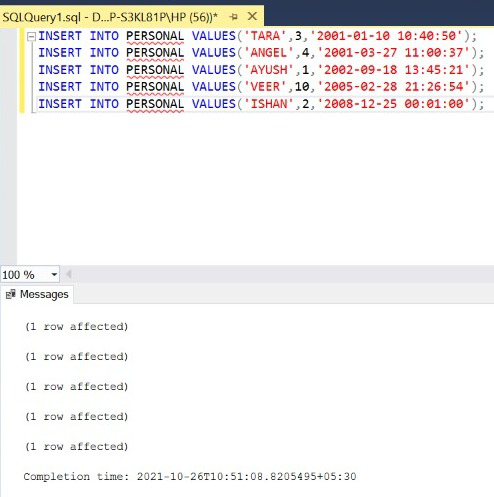Vlookup's Range: A Simple Fix.
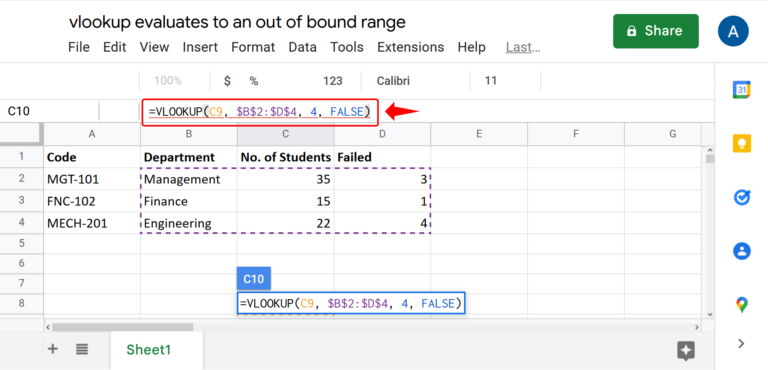
The VLOOKUP function is a powerful tool in Microsoft Excel, offering a straightforward way to retrieve specific data from a table or range. However, one common challenge users encounter is understanding how to properly define the lookup range, a crucial aspect of the function. This article aims to demystify this process, providing a comprehensive guide to ensure your VLOOKUP functions work accurately every time.
Understanding the VLOOKUP Range
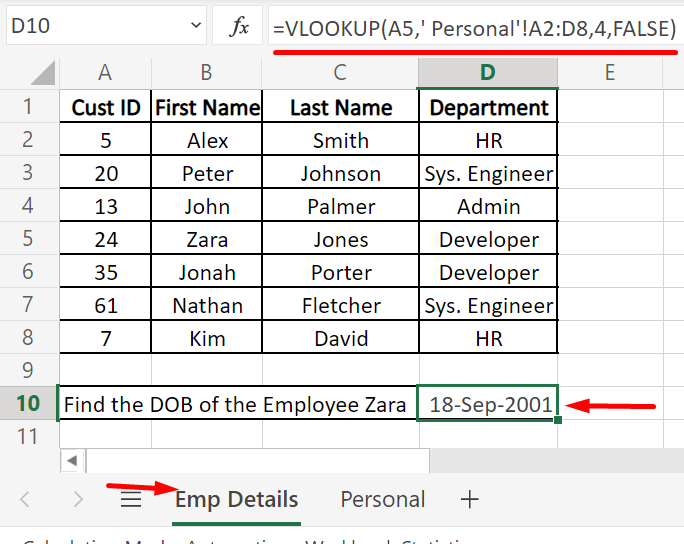
The VLOOKUP function’s range argument specifies the table array or dataset from which you want to retrieve information. It is a critical component of the function, as an incorrectly defined range can lead to inaccurate results or even errors. Let’s delve into the details of defining this range correctly.
A VLOOKUP range typically consists of two parts: the column containing the lookup value and the column from which you want to retrieve the data. These columns are often adjacent, with the lookup column on the left and the retrieval column on the right. However, this is not a hard rule, and the function can accommodate non-adjacent columns as well.
Defining the Range
When defining the range, you need to ensure that the table array is properly referenced. This means that the range should include all relevant columns and rows, with no missing or extra data. Here’s a simple example:
| ID | Name | Age | City |
|---|---|---|---|
| 1 | Alice | 25 | New York |
| 2 | Bob | 30 | Los Angeles |
| 3 | Charlie | 22 | Chicago |
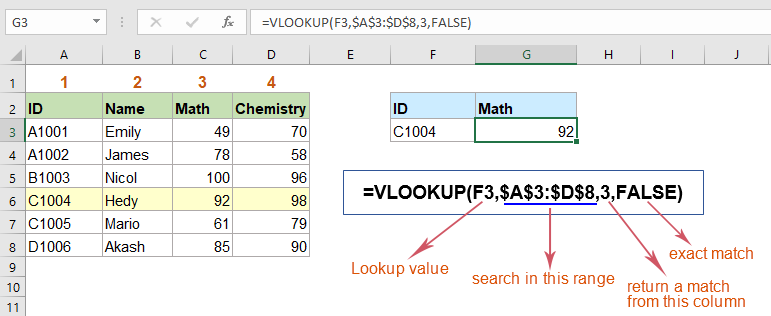
In this table, if you want to look up a person's age based on their ID, your VLOOKUP range would include the ID and Age columns. The function would then search for the ID in the ID column and return the corresponding age from the Age column.
It's important to note that the range should be absolute, meaning it should not change when the formula is copied to other cells. This is achieved by using the dollar sign ($) to fix the row and/or column references. For example, $A$1:$B$10 fixes both the row and column references, while $A1:A$10 fixes only the column reference, allowing the row to change when the formula is copied.
Handling Non-Adjacent Columns
While adjacent columns are the most common scenario, the VLOOKUP function can handle non-adjacent columns as well. This is particularly useful when your data is spread across different sections of a worksheet or when you need to look up data from multiple tables.
To define a range with non-adjacent columns, simply list the columns separated by commas. For example, if your lookup column is in A and you want to retrieve data from columns C and E, your range would be $A$1:$A$100,$C$1:$C$100,$E$1:$E$100. This allows the function to search for the lookup value in column A and retrieve data from columns C and E simultaneously.
Best Practices and Troubleshooting
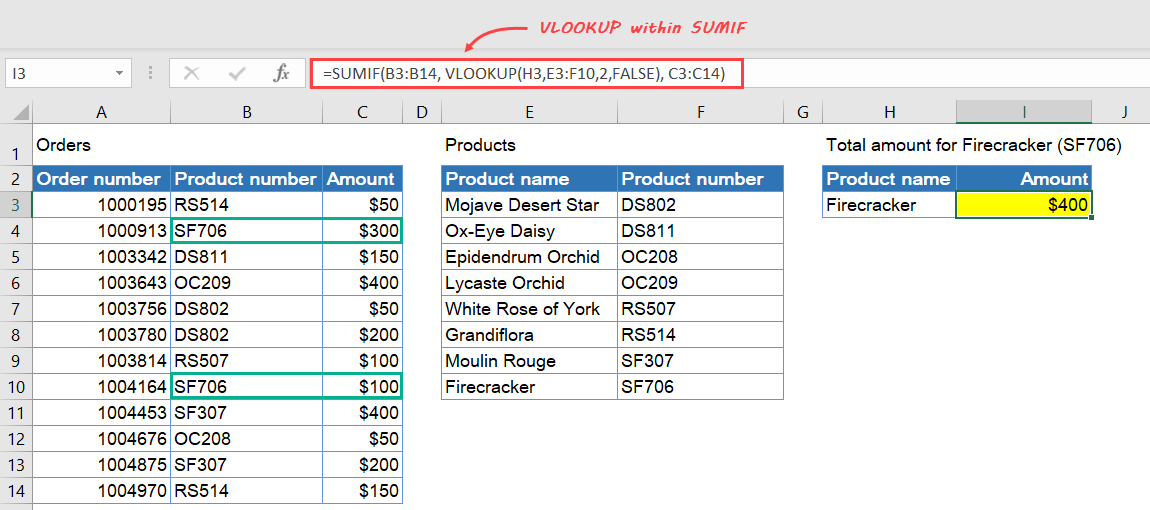
To ensure your VLOOKUP functions work accurately and efficiently, here are some best practices and troubleshooting tips to keep in mind:
- Unique Lookup Values: Ensure that your lookup column contains unique values. If the column contains duplicate values, the VLOOKUP function might return an incorrect result or an error.
- Sort Order: If your data is not sorted in ascending order, ensure that you set the
range_lookupargument toFALSE. This will force the function to perform an exact match rather than an approximate match. - Error Handling: Use the
IFERRORfunction to handle errors gracefully. This function allows you to specify an alternative value or action in case the VLOOKUP function returns an error. - Table Arrays: If your data is dynamic and frequently changes, consider using a table array. This feature in Excel automatically expands the range of your VLOOKUP function as you add or remove data.
- Nested Functions: For more complex lookups, consider nesting multiple functions. For example, you can use INDEX and MATCH functions together to perform a two-way lookup, which VLOOKUP cannot do directly.
Error Handling with VLOOKUP
VLOOKUP can return errors if the lookup value is not found in the table array. The most common error is #N/A, which indicates that the value is not available. This can happen if the lookup value does not exist in the lookup column or if the range_lookup argument is set to TRUE and the function cannot find an approximate match.
To handle these errors, you can use the IFERROR function. This function allows you to specify an alternative value or action to be taken when an error occurs. For example, you can display a custom message, return a default value, or perform a different calculation.
Here's an example of using IFERROR with VLOOKUP:
=IFERROR(VLOOKUP(lookup_value, table_array, col_index_num, range_lookup), "Value not found")
In this example, if the VLOOKUP function returns an error, the formula will display the message "Value not found" instead.
Conclusion
Understanding how to properly define the VLOOKUP range is a crucial step in mastering this powerful Excel function. By following the guidelines and best practices outlined in this article, you can ensure that your VLOOKUP functions are accurate, efficient, and error-free. Remember to always define your range carefully, handle errors gracefully, and consider using advanced features like table arrays and nested functions for more complex scenarios.
Can VLOOKUP handle non-adjacent columns in a range?
+Yes, VLOOKUP can handle non-adjacent columns. Simply list the columns separated by commas in your range argument. For example, if your lookup column is in A and you want to retrieve data from columns C and E, your range would be A1:A100,C1:C100,E1:E100.
What is the difference between exact match and approximate match in VLOOKUP?
+The range_lookup argument in VLOOKUP determines whether an exact match or an approximate match is performed. If set to TRUE, VLOOKUP performs an approximate match, which means it will return the value in the next smallest range if an exact match is not found. If set to FALSE, VLOOKUP performs an exact match, returning an error if an exact match is not found.
How can I handle errors in VLOOKUP functions?
+You can use the IFERROR function to handle errors in VLOOKUP. This function allows you to specify an alternative value or action to be taken when an error occurs. For example, you can display a custom message, return a default value, or perform a different calculation.


